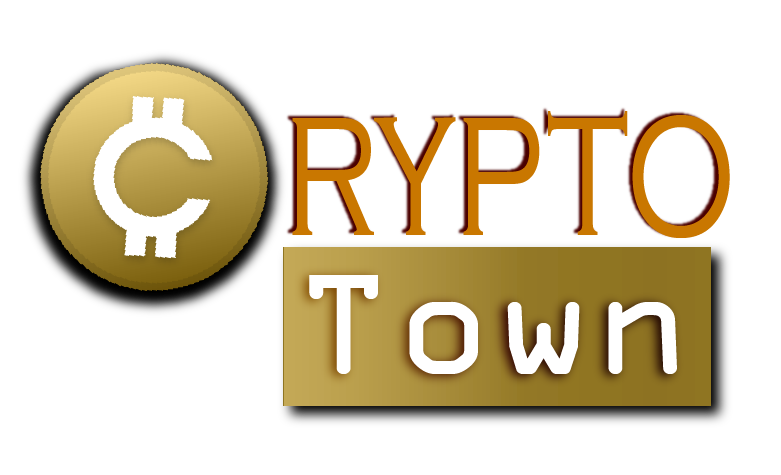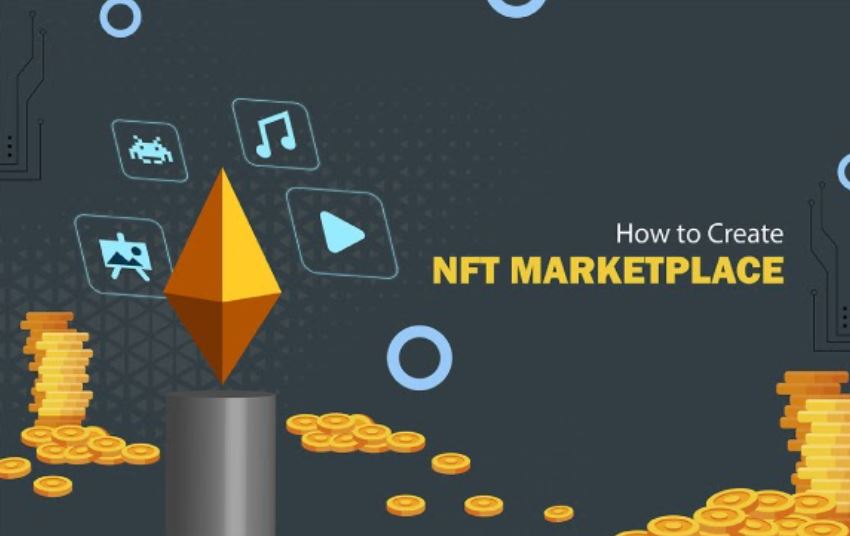How to Build an NFT Marketplace? – A Complete Guide
Non Fungible tokens or NFTs as they are commonly abbreviated are the hottest topics in the blockchain world today. They are looked at as the most seamless integration between real-world collectibles and digital technology like the blockchain. What makes them so lucrative and interesting? Let us look at the nuances of NFTs, the concept of NFT marketplaces, and how to create an NFT marketplace.
What are NFTs?
To understand the concept of NFTs, we will need to understand what fungibility is. In simple words, fungibility is the capacity of an entity to be exchanged for another without losing any value, owing to its lack of uniqueness. Non Fungible tokens represent an antithesis of this concept.
A non-fungible token is unique and it represents the ownership of a certain digital or a real world asset that has a certain value as a collectible. It is a unique cryptographic token that exists on the basket and it cannot be replicated. While NFTs are largely confined to collectible art, the same concept can be extended into identities and property rights.
There are a few unique attributes that define NFTs. The NFT should represent ownership without any confusion, and blockchain technology adequately takes care of this aspect owing to its security and transparency. NFTs should easily be traded in dedicated marketplaces. This helps address the problem of wallet Gardens in virtual games. Establishing authenticity is key to defining uniqueness. This again, is addressed by the blockchain technology because of its immutability.
The NFT market
There have been instances where the number of transactions on leading NFT marketplaces have touched half a million . The total traded volume of NFTs grew from $62.8 million to $250.8 million representing a phenomenal 300% growth. The market capitalization of NFTs went from $141.5 million in 2019 all the way to $338 million in 2020. There have been instances where the first tweet of the founder of Twitter Jack Dorsey was sold for about $3 million as an NFT. Even renowned brand names like Taco Bell have jumped into the NFT space suggesting digital items to purchase.
Another interesting statistical pointer to note is that while the number of NFT transactions grew from 8.5 million to 9.4 million over the past two years, the percentage of NFT transactions on the Ethereum blockchain dropped from 4% to 2%. This opens up interesting possibilities because it shows that Ethereum is losing its monopoly in the NFT market. This would mean that a lot of blockchains are growing to become compatible with and accommodated towards NFTs.
Considering the volume of work in places like ShutterStock and YouTube, it is easy to extrapolate that the market for NFTs is wide and open, and now would be a perfect time to contemplate on how to build an NFT marketplace.
Read more: 3 NFTs Worth Investing In Right Now
The Steps to Build an NFT Marketplace
Specify your niche: This is generally how any market evolves. To start with, there is a generic marketplace and then, there come specialists who work only with certain segments and domains. Now is the right point in the adolescence of NFTs to venture into this space. It is always better to concentrate on a vertical market rather than a horizontal one. While the vertical market limits your customer base, it does help in attracting death over breadth. If you can cater to a specific set of art consumers and art creators, you have successfully created a marketplace with intense engagement. This is one of the key points to note when creating your NFT marketplace.
Define the different transacting entities: an NFT marketplace, just like any other marketplace, should also have dedicated platforms or interfaces for the artists who sell, the art consumers who buy digital art and music, and an administrator who will take care of all the functions of your marketplace.
Document the specifications: This process might not hold relevance if you have your own team of NFT marketplace developers. However, more often than not, it is quite likely that you will manage a remote development team. In fact, it makes business sense because once the marketplace is developed, you might not have a lot to do with the development but more with operations, sales, and marketing. Therefore, to ensure that every party is on the same page, you will need to properly document the project, it’s progress, the timeline, and expectations. Having these details properly documented helps save a lot of time and money for you. It also functions as a roadmap for your product.
Engage in development: this is when your idea that was just on paper starts to take shape. One of the crucial steps in the process of NFT marketplace development is to choose the right blockchain. There are a lot of blockchains that have been evolving to accommodate NFT trading. Depending on your niche, the segment of audience you’re looking at, and the performance expected, you can choose the right blockchain that enables fast platform operations, efficient performance, and reliability.
Work on the smart contract: the smart contract can be considered the constitution of the blockchain and everything surrounding it and their manifestations. It is something that all the entities in the distributed ledger are expected to abide by. The smart contract helps in ensuring proper sale of the artwork, verifying ownership, preventing replication, so the uniqueness can be retained, and transfer of funds from the wallet of the buyer to the wallet of the seller. The smart contract ensures that the entire process happens in an automated fashion. An outcome of expected automation is perfection in process… And the smart contract is the epicenter of all the processes on the blockchain.
Let it go live: before you take your NFT marketplace live, you will need to ensure that rigorous tests are performed in multiple dimensions, putting your marketplace on a pedestal beyond all possible breaches. Your NFT marketplace should meet the highest standards of reliability, security, and performance. For this purpose, your marketplace should be extensively tested for bugs and they should be fixed without any compromise. Once that is done, your NFT marketplace it’s all set to be ready for a grand launch into this profitable and lucrative space in the blockchain world!
For the technically uninitiated…
While all the development efforts go under the hood, there are certain features that can help your NFT marketplace stand out with mainstream users. It is to be remembered that most users of NFT marketplaces might not be familiar with the technology that goes behind it… And frankly, they do not care a lot about it!
- Your NFT marketplace should have an impressive storefront that contains pieces of information such as bits, owners, price history, and preview. It can be considered the face of your marketplace, and the visual appeal at this point matters a lot.
- Users should be able to search for NFTs over a robust search function. They should also be able to apply filters to get to the token of their choice.
- The customers should also be able to create listings without any difficulty. The listings should include titles, tags, and descriptions.
- The listing status should easily be visible and that should serve as a confirmation for both the buyer and the seller.
- Your NFT marketplace should be compatible with most wallets and should seamlessly integrate.
Conclusion
Now that the prospects of profitability have been established beyond doubt, it’s quite natural that any crypto entrepreneur would want to venture into this space of NFT marketplace. If you are one of those, all you need to do is to get in touch with the company that specializes in the development of NFT marketplaces over multiple blockchains.
They will take it to understand the requirement and present you with perfect solutions that will help you make a massive profit riding on the crest of the wave of NFTs.
Read more: Build An NFT Platform Like OpenSea

